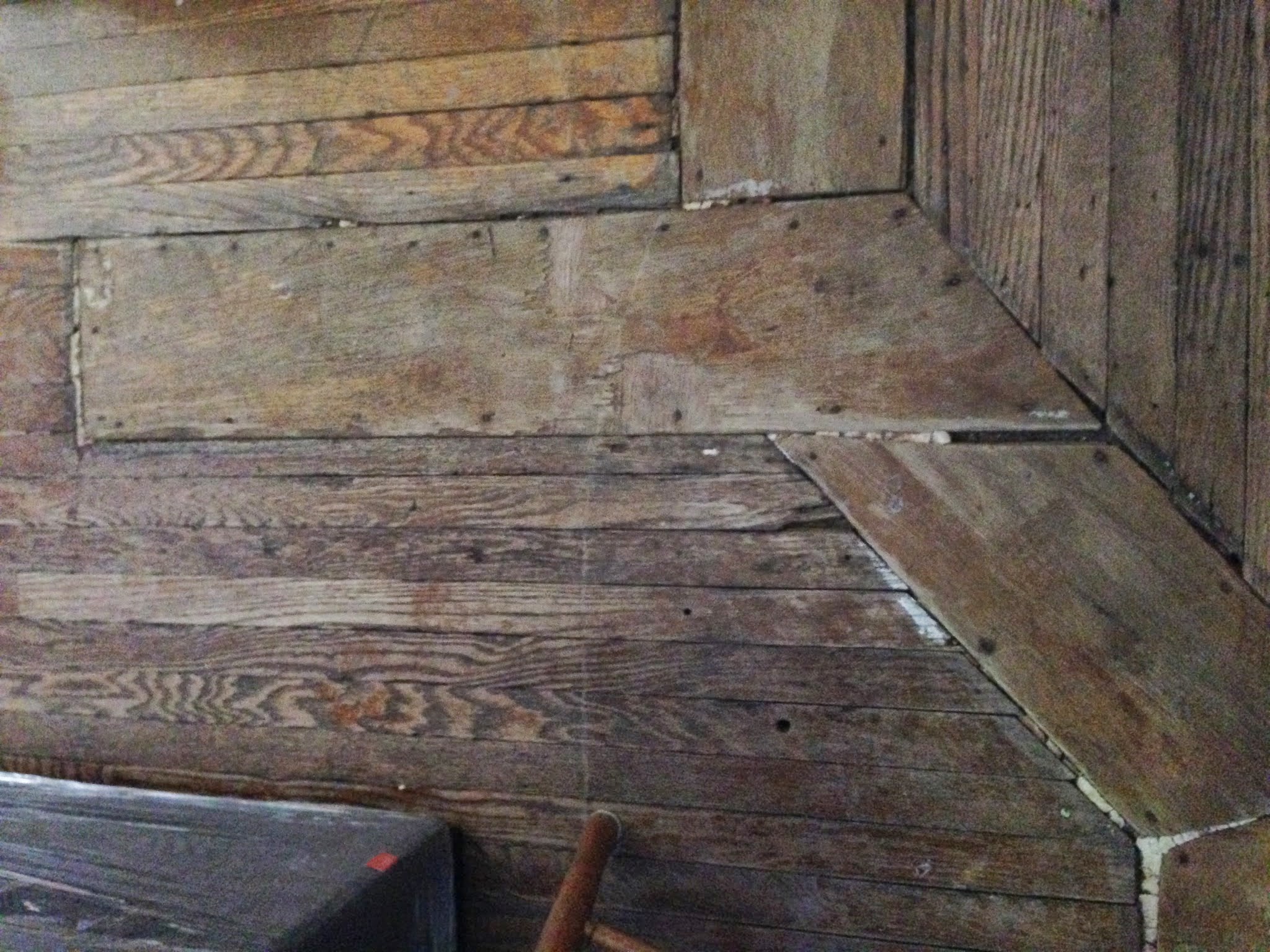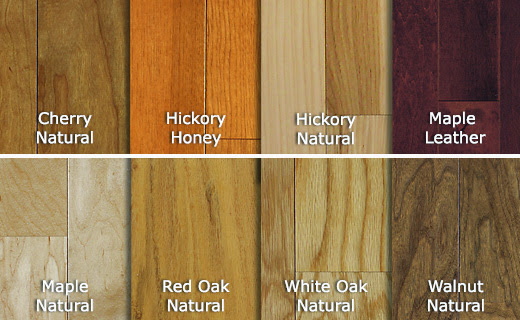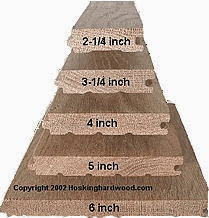It’s been a while since my last post. I haven’t had much to write about because we haven’t made much progress, even though all we do is work on the house. Our walls are still burgundy and yellow, we’re not 100% done the electrical (although we’re close) and we have yet to come up with an effective plan to evict the raccoon living in our garage.
Our next little-big project is to replace the floors. I had really wanted to salvage our old oak floors and simply give them one more sand. I mean, we bought the house because of its character, and I don’t want to replace everything inside so it looks like a new-build.
After a lot of research, we found out that sanding the floor was a labour of love, but well worth it in the end. You rent a giant drum sander from your local tool rental shop, sand for a couple of hours, and then stain and refinish. Easy peasy, right? Well, no… but it’s doable if you have patience and time. I think the total cost would have been around $500 to do an area our size (~400 square feet).
So we were all set to rent this giant sanding machine and go to work. But there are a couple of challenges with this floor.
First, it’s old. Really old.

It’s likely been sanded a few times in its lifetime and it’s had a lot of wear. This is a challenge, but not a deal breaker for us.
Enter second challenge.
The floor needs a lot of repair work.

There are several large gouges and holes in the floor that would need to be filled in. Again, not a deal breaker, but definitely a bit of work.
Now the ultimate challenge.
The previous owner removed some walls in the living/dining room and decided to fill the space with plywood. Ugh.

The patchwork was really what discouraged us from refinishing the existing floors, especially because we weren’t sure there was even enough wood left to sand. If step 1 was simply to sand the floor, then we likely would have tried it. But given the amount of work (and money – we’d still have to buy hardwood), we didn’t want to risk it.
So now we’re replacing the floor. I’m trying to be excited about it, but a part of me is really mourning the loss of the current floor. For all its flaws, parts of it are really beautiful.
In finding new flooring, I spent a lot of time calling around, asking for prices, and learning about different types of wood.
Engineering vs. Hardwood
For us, there was never a question. We have no interest in getting engineered wood. For more on the difference, I’ll defer to the experts.

Wood Type
We currently have oak in the house, so we are going with oak again. It’s generally the one to get, since it’s durable, relatively cost-effective and has a great look.

Size
Since I want to maintain the same look and feel as the original hardwood, it was important that I keep the same board width. Hardwood comes in several widths (and depths). Generally you can get between 2 1/4″ and 6″ wide boards, which are usually 3/4″ thick. The original boards in our house are 1 3/4″ and 3/8″ thick. I found out that there are only a couple of manufacturers that still supply 1 3/4″ wide boards, so I called one of them for advice.
I spoke to a really knowledgeable flooring guy who walked me through different options for what I could do. Unlike many others, he didn’t tell me to just rip up the old floor and replace it with 4″ wide boards. He understood that I was trying to maintain the original character of the house and that if 1 3/4″ boards managed to last as long as they have, then putting in another batch would also last a long time.

He also taught me about the difference between prefinished and unfinished wood.
Prefinished vs. Unfinished
Prefinished wood sounds wonderful. You still get true hardwood flooring, but all of the finishing work is done in the factory. This means no sanding, no staining and no messy, smelly urethane application. What I didn’t know, however, was that it also means a slightly different look.
Prefinished hardwood has a small bevel on the sides. It’s not super noticeable to a normal person, but to me, it is crazy different. I call this the “condo look”. There are these slight gaps that give it a “modern look” (supposedly), but I think it gives it the ugly look. I’m being super judgy towards prefinished. So if you want an objective view, look elsewhere.

Wood Grade
There are also different grades of wood, based on a national lumber grading system. My research found that “select and better” is an appropriate grade of hardwood that would work for us. Usually you can choose between #1 common, select and better, or a premium wood. Prices can vary significantly depending on the grade of wood you get. For us, it was about $1 cheaper to get the #1 common than select and better.
For more info, this is a pretty good guide.
Cost
My major piece of advice on purchasing wood is to call around and ask for pricing information. I ended up finding the wood I wanted at a hardwood chain in the Toronto area. I called the first store and got a decent price, but thought I should maybe call their other locations, just to see if the prices were different. I’m glad I did! I called 3 of their stores and got a different price for the exact same wood. The prices I was quoted were $3.29, $3.49 and $3.69. The 40¢ difference on our ~400 square foot space is $160! (plus tax!!). So call around.
Measuring
Finally, measure. I did a outer wall to outer wall measurement and then measured things like the stairs to subtract from the total. You’ll also need to add 10% to allow for waste. For more on measuring, click here.
Our room (minus stairs and our front vestibule) is just under 400 square feet. With 10% waste added, we’ll need about 430 square feet. Hardwood is sold in bundles (in our case, 23 square foot bundles), so you want to figure out how many bundles you need. We will need 18.7 bundles, so we’ll purchase 19 bundles.




[…] It all started with the floor. […]